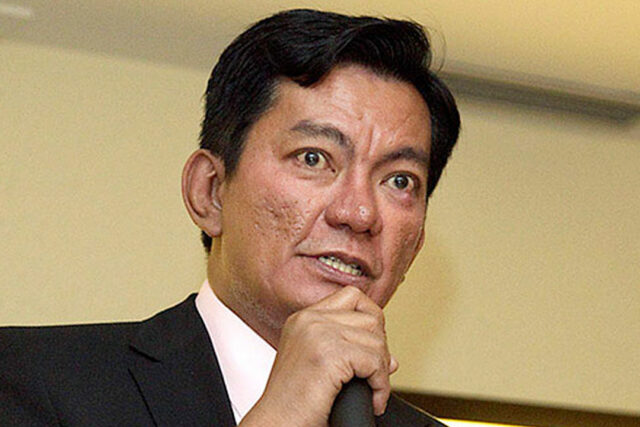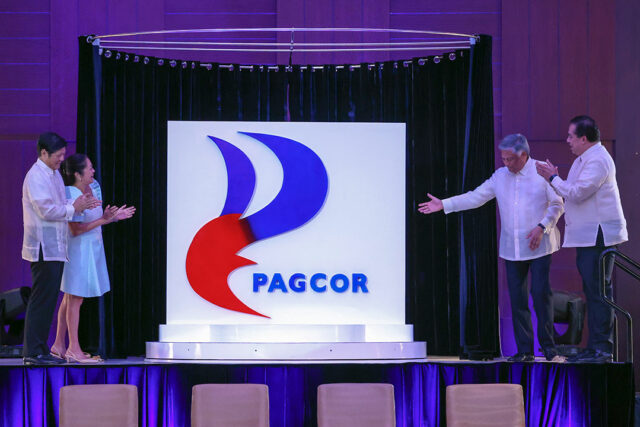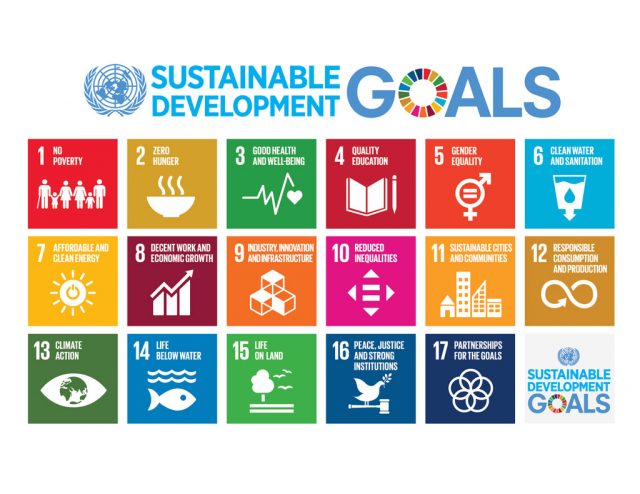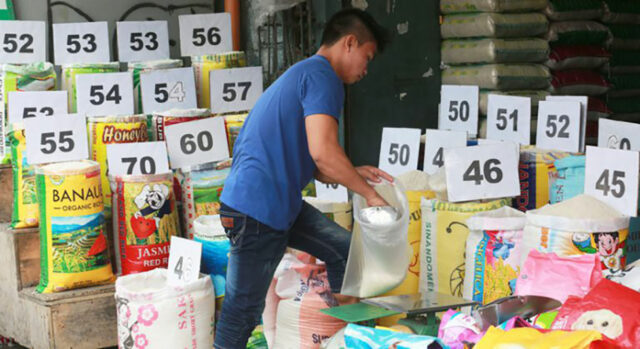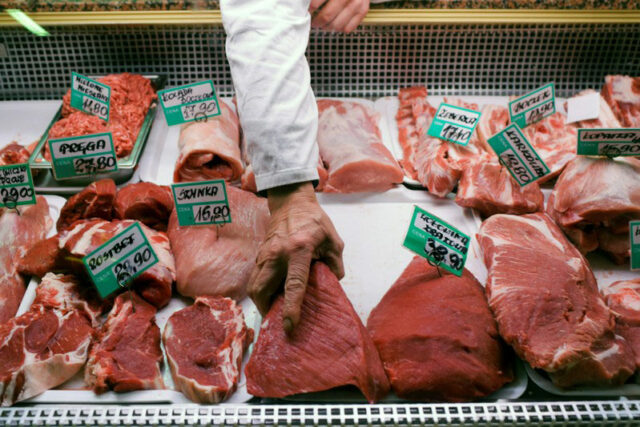50-year rido between 2 Tausug clans ends in Sulu
COTABATO CITY — Two feuding Tausug clans in Sulu reconciled on Monday, ending a bloody 50-year conflict that exacted no fewer than 50 fatalities on each side and maimed at least 13 other individuals.
The two clans, one led now by Fhena M. Idjirani in Parang town and the other by Banden D. Barahama, whose relatives and followers are scattered in a number of barangays in Indanan, forged a peace covenant brokered by police officers in both towns and the director of the Sulu provincial police, Col. Narciso C. Paragas.
Mr. Paragas and the director of the Police Regional Office-Bangsamoro Autonomous Region, Brig. Gen. Allan C. Nobleza, separately announced on Tuesday the settlement of the rido, meaning clan war in most Moro vernaculars.
They said it was achieved through the joint intercession of members of the Sulu Provincial Peace and Order Council under Gov. Hadji Abdusakur M. Tan, Sr., the mayors of Indanan and Parang, and the Islamic religious community in the province.
The two clans reconciled during a symbolic rite on Monday in Parang, witnessed by police officers and leaders from different towns in Sulu, one of the six provinces in the Bangsamoro Autonomous Region in Muslim Mindanao that also covers the cities of Cotabato, Marawi and Lamitan.
Tausug elders in Indanan and Parang told reporters on Tuesday that the rido between the two groups erupted in 1974, sparked by affronts to clan pride and honor, political differences, and squabbles for control of territories.
“What is meaningful about this clan war settlement is that it happened during the Islamic Ramadan fasting season,” Mr. Nobleza said.
Muslims fast from dawn to dusk during the Ramadan, a holy month in Islam, lasting 29 to 30 days based on the lunar Hijrah calendar, as a religious obligation, a form of sacrifice and as reparation for wrongdoings.
Local officials, citing records from the police and different barangay governments, said that the two clans lost no fewer than 50 members each in gunfights in the past 50 years, among them minors and women. — John Felix M. Unson


